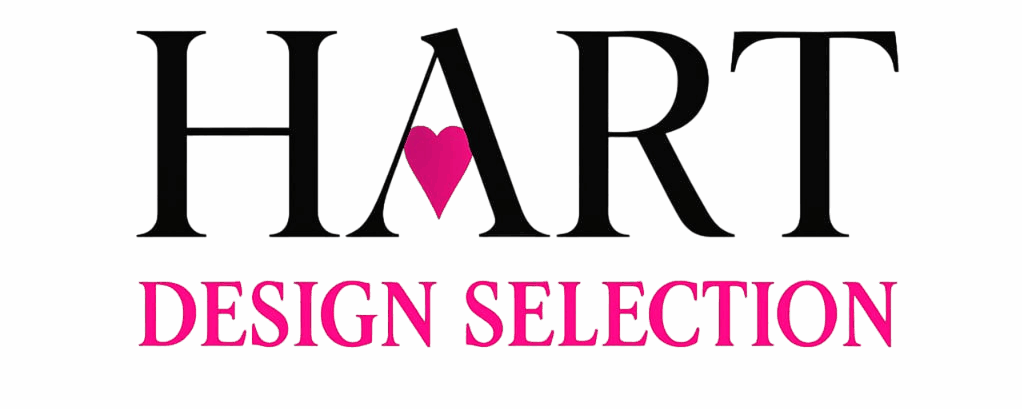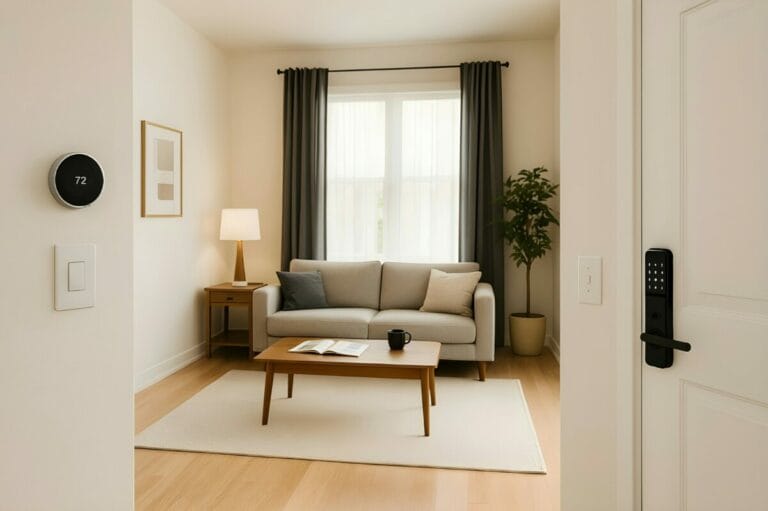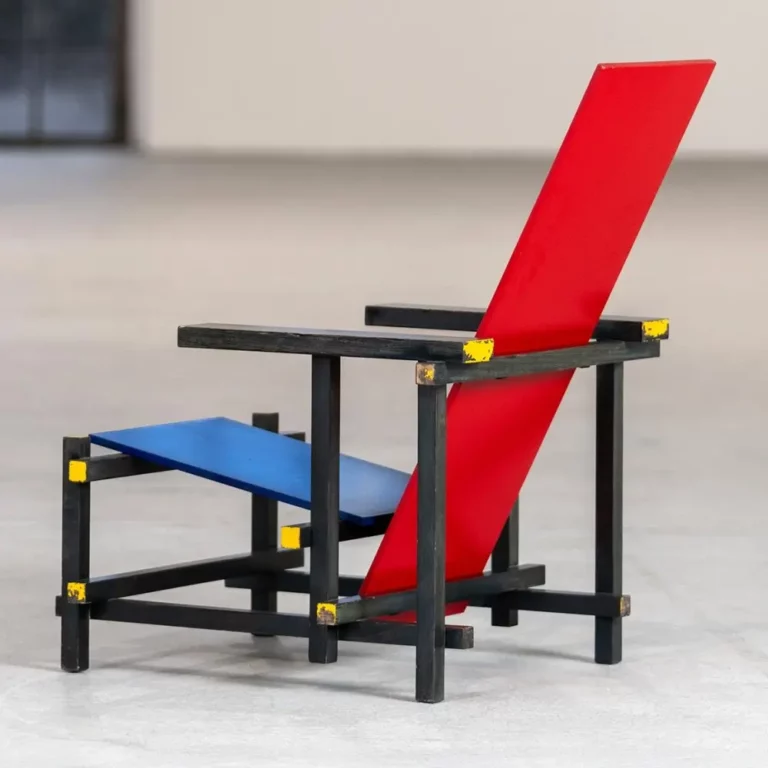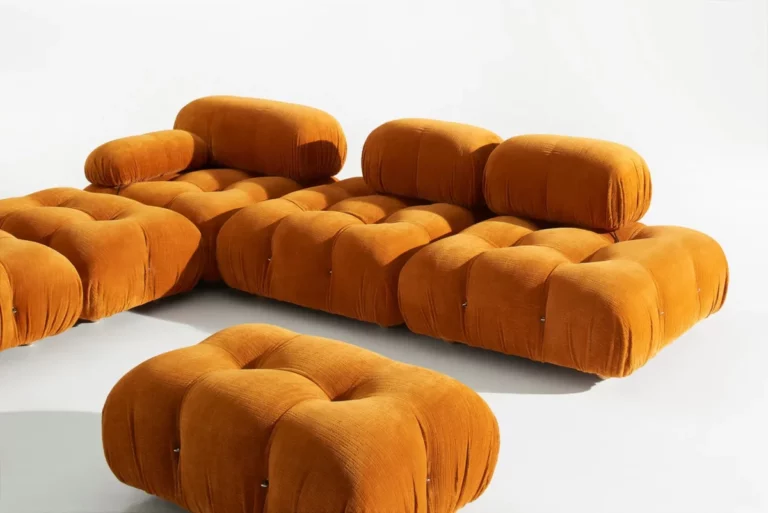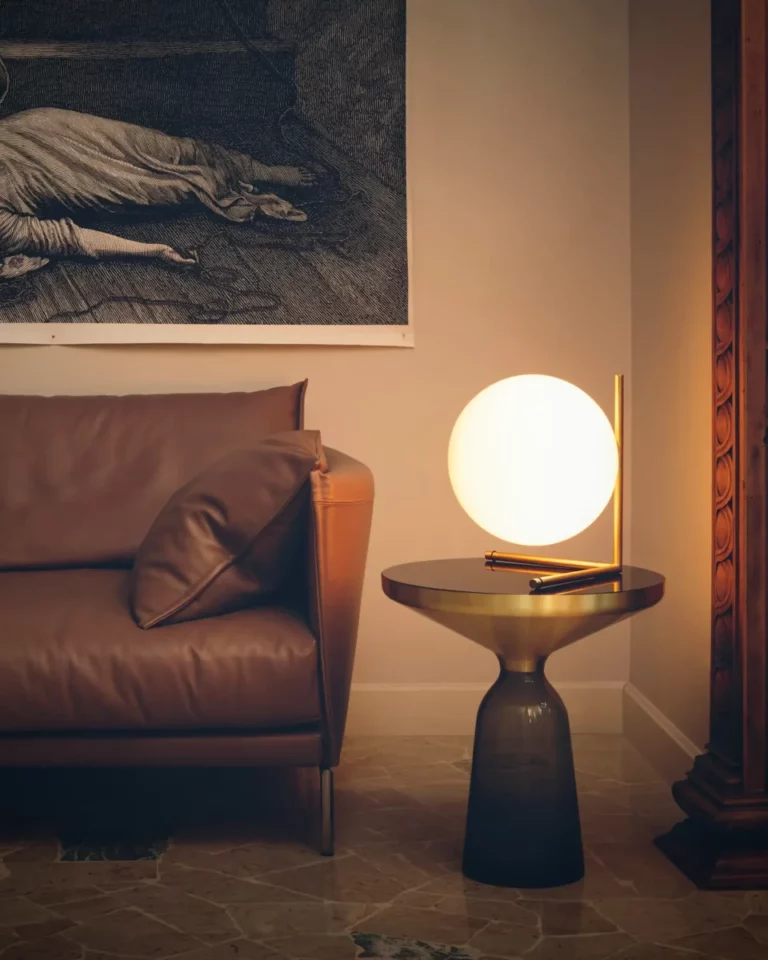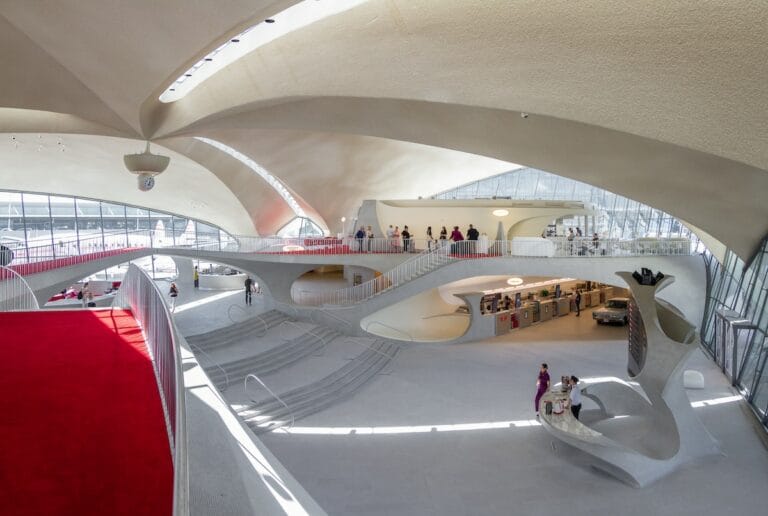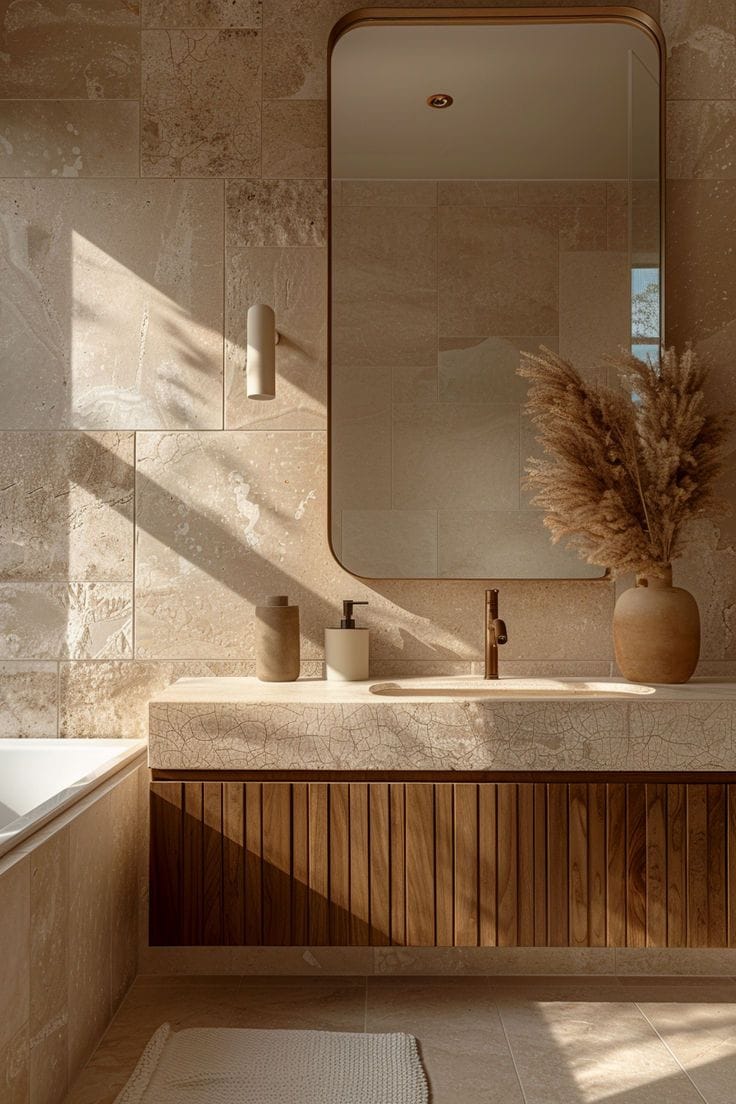Art Deco inspires today’s wallpaper and wallcovering designs
Wallpapers and wallcoverings inspired by Art Deco are the key to a world of sophisticated glamour and timeless elegance. This iconic style, born in the Roaring Twenties, continues to captivate with its distinctive blend of luxury, modernity and geometric precision. Far from being a relic of the past, Art Deco offers an inexhaustible source of inspiration for contemporary interior design, particularly when it comes to inspiring wallpaper designers. It’s possible to transform your walls into works of art. If you’re looking to infuse your interior with a sense of refined opulence and historic charm, opt for the Art Deco style.
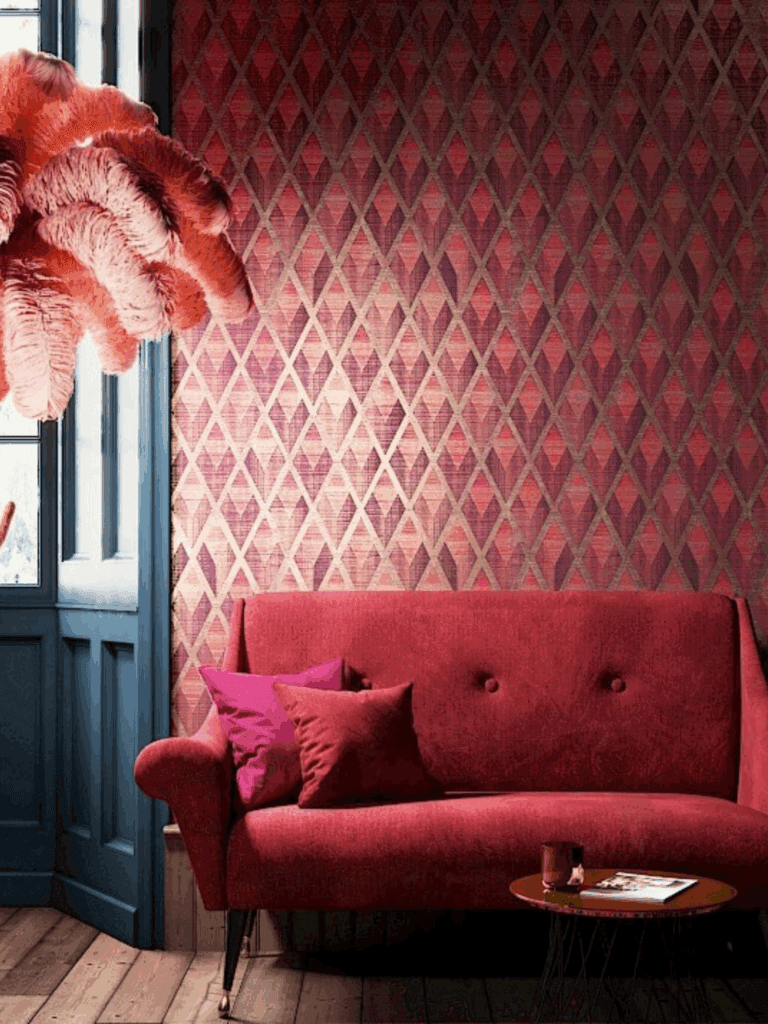
Geometric precision: The foundation of Art Deco
At the heart of Art Deco lies a deep appreciation for geometric precision. Murals in this style frequently feature bold, clean lines, sharp angles and repetitive patterns. Think interlocking squares, layered pyramids, sunburst patterns and chevrons. These geometric shapes create a sense of order, balance and dynamism, giving the mural a structured yet visually engaging quality. This meticulous attention to form provides a solid foundation for other Art Deco elements, ensuring a coherent, impactful design.
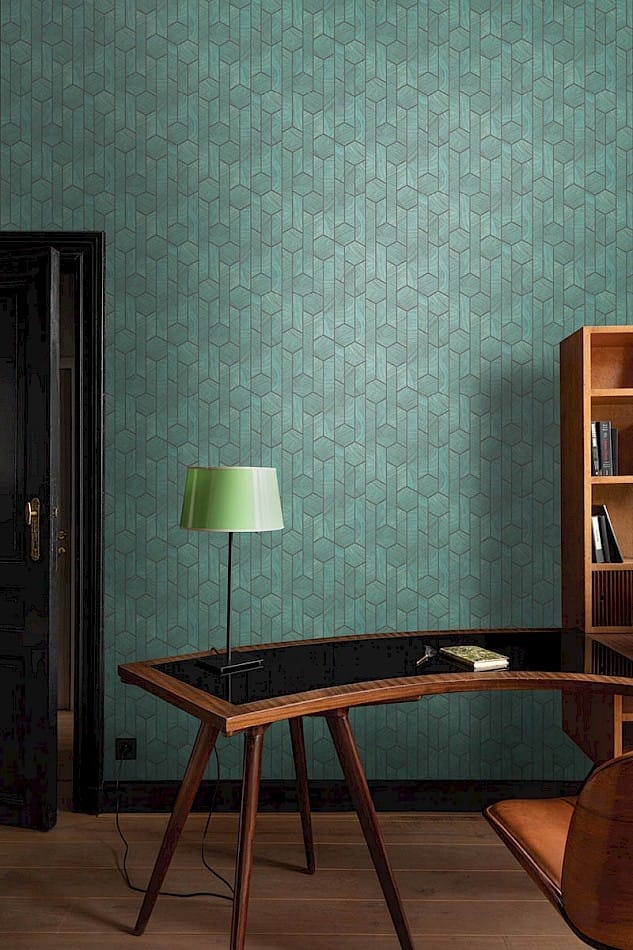
Symmetrical balance: harmonious compositions
Symmetrical balance is another defining characteristic of Art Deco. Murals often employ mirrored compositions, where elements on one side are perfectly reproduced on the other. This creates a sense of harmony, stability and classic beauty. Although perfect symmetry is not always a strict rule, a strong emphasis on visual weight balance is constantly present. This deliberate arrangement contributes to the overall sense of sophistication and grandeur for which Art Deco is renowned.
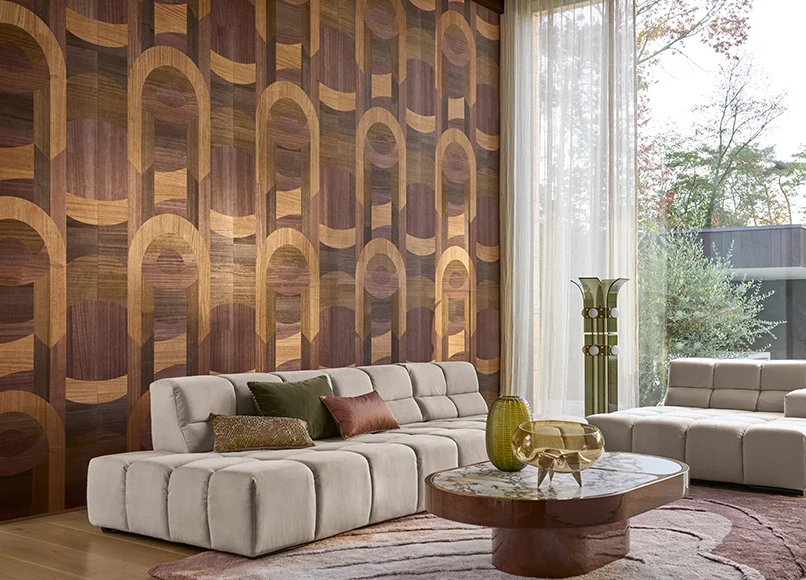
Luxurious materials and finishes: Evoking opulence
Although not directly applied to the painting of a mural, the spirit of luxurious materials and finishes strongly influences the design of Art Deco murals. Mural patterns and textures often mimic the rich surfaces popular at the time, such as polished chrome, lacquered wood, exotic veneers and mirrored glass. Think of patterns that evoke the sheen of metal or the deep luster of polished stone. Incorporating these visual cues into your mural design helps create an atmosphere of opulence and upscale living, even if the actual materials aren’t present.
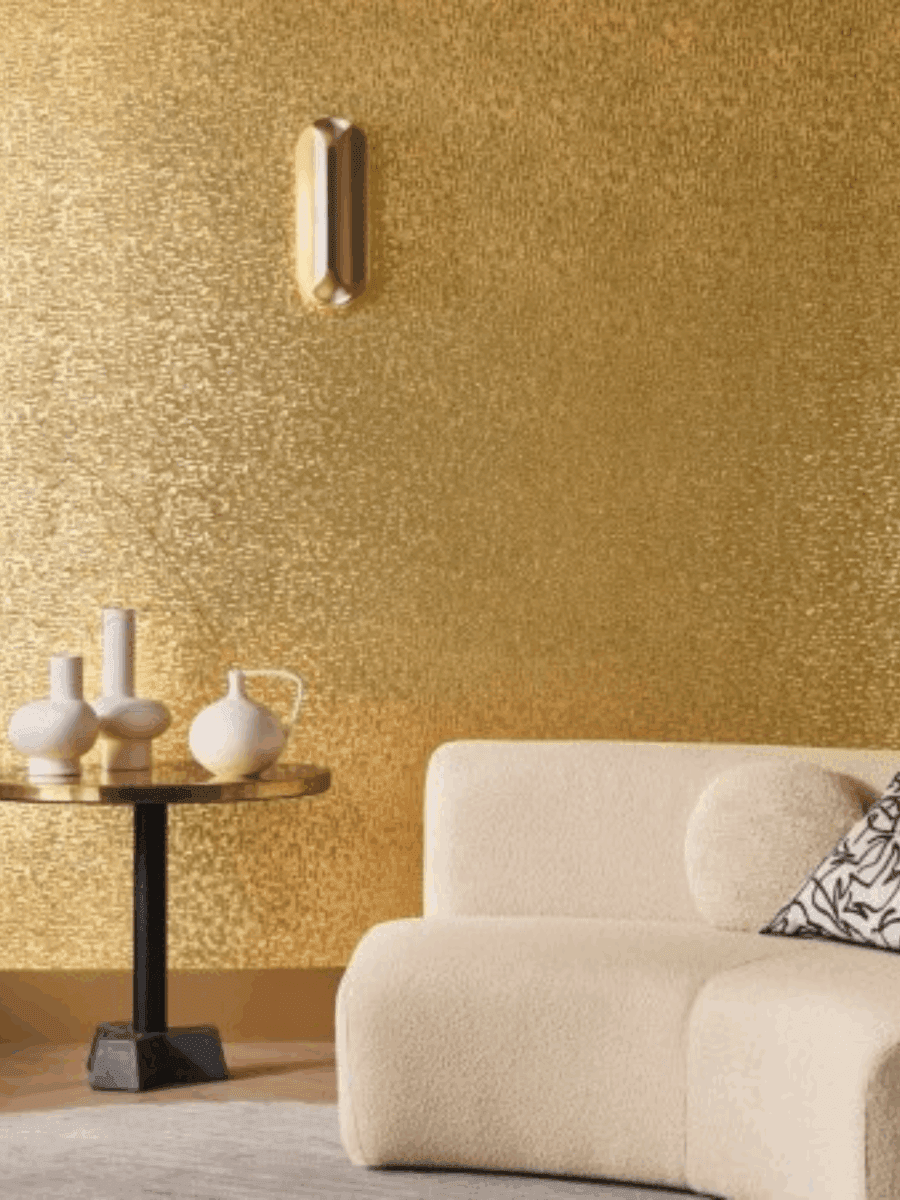
Rich color palettes: Gemstone and metallic tones
Art Deco murals adopt rich color palettes that exude luxury and drama. Deep gemstone tones such as emerald green, sapphire blue, ruby red and amethyst violet are frequently used, often contrasted with classic black and white. Crucially, metallic accents in gold, silver and bronze are indispensable, adding a shimmering, opulent touch that catches the light and elevates the design. The interplay of these rich hues and lustrous metallics creates a sense of depth and grandeur instantly recognizable as Art Deco.
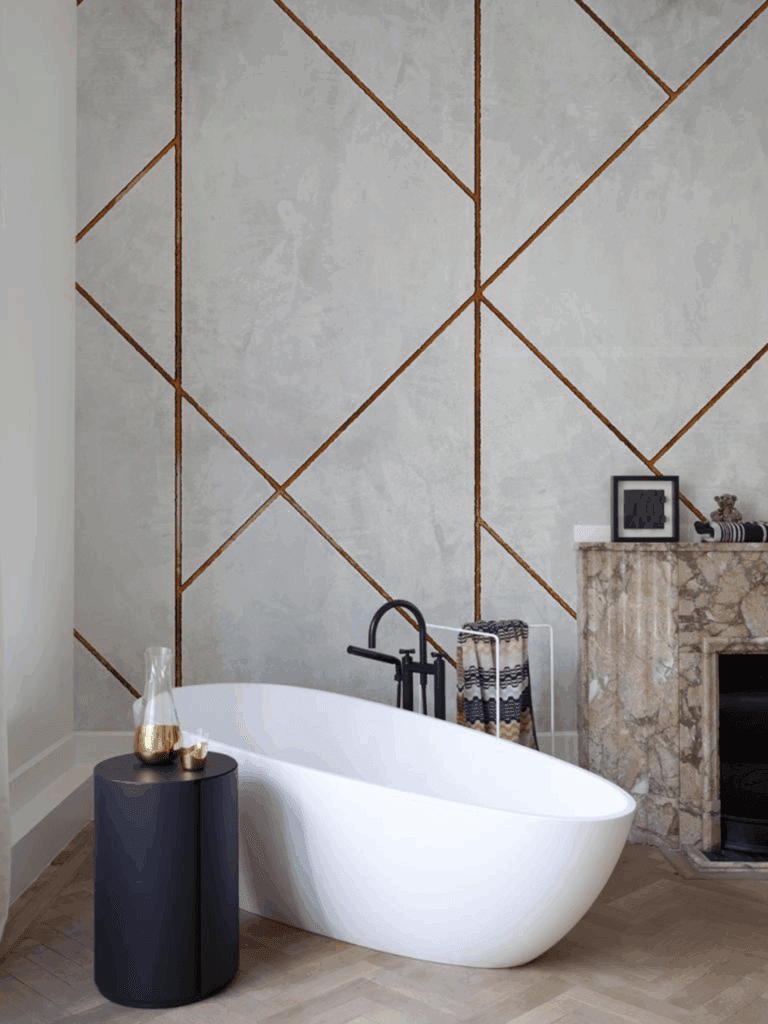
Stylized figurative elements: Human and nature
Beyond pure abstraction, Art Deco murals often incorporate stylized figurative elements. These may include elegant, elongated human figures, often depicted in active poses, evoking the dynamism of modern life. Similarly, natural motifs such as exotic flora and fauna (think gazelles, panthers and tropical leaves) are rendered in a highly stylized, almost abstract manner. These elements are pared down and simplified, maintaining the general elegance and sophistication of the Art Deco aesthetic rather than turning to realistic representation.
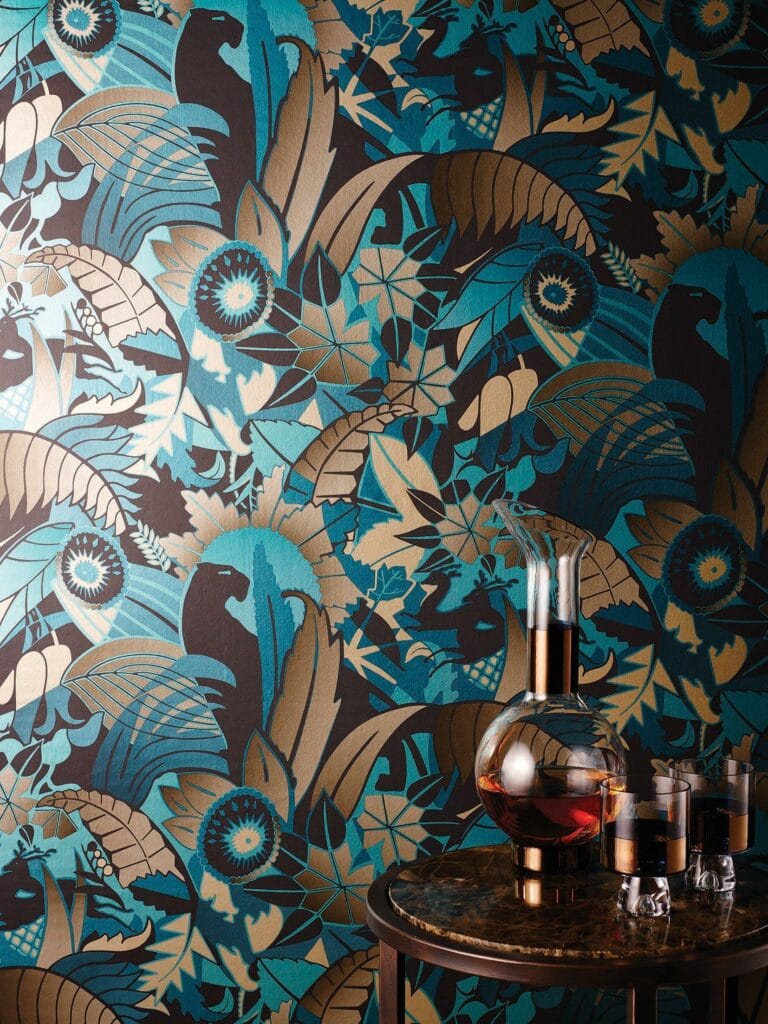
Sun and fan motifs: Iconic radiance
Patterns inspired by the sun and its rays, as well as fan shapes, are perhaps the most emblematic and recognizable elements of Art Deco design. These radiant motifs symbolize progress, modernity and the dawn of a new era. In murals, they can be used as central focal points, framing devices or repetitive background motifs. The dynamic lines of a sun or the graceful curves of a fan instantly evoke the optimism and avant-garde spirit of the 1920s and 30s, adding a powerful visual impact to any wall.
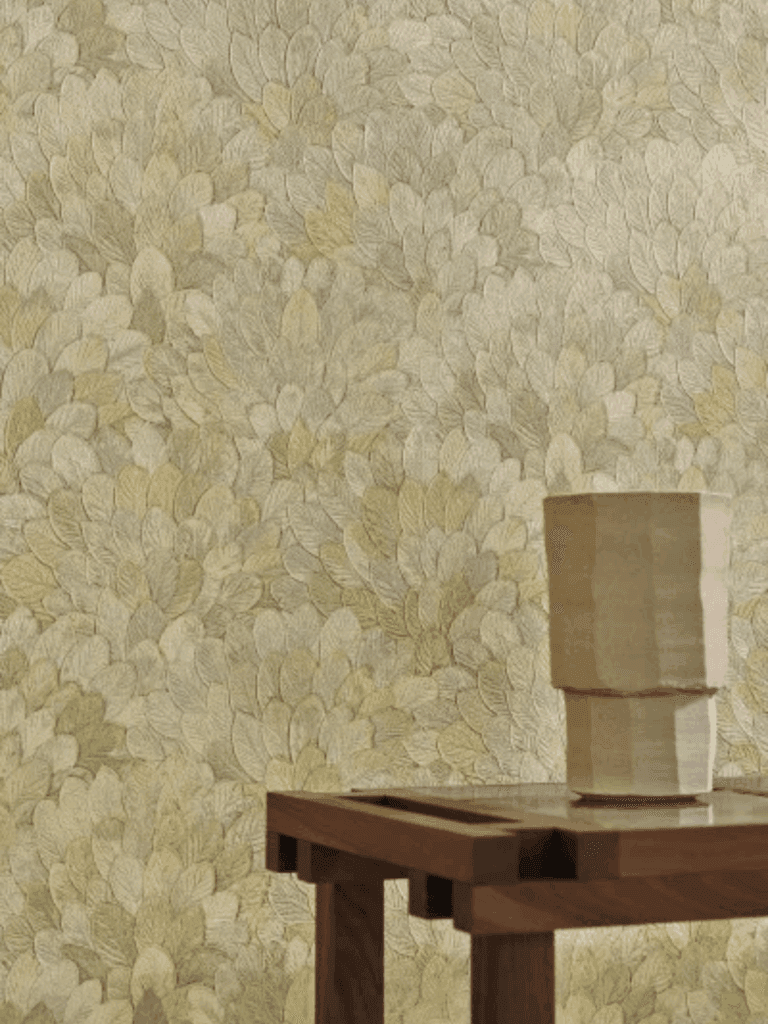
Stepped forms and ziggurats: Architectural grandeur
Drawing their inspiration from ancient architecture, particularly the stepped pyramids of Mesopotamia and Central America, stepped forms and ziggurats are widespread in Art Deco murals. These multi-level, recessed forms create a sense of upward movement, grandeur and monumentality. They can be integrated into abstract patterns or form the basis of stylized architectural landscapes within the mural, lending a sense of imposing scale and classic elegance to your space.
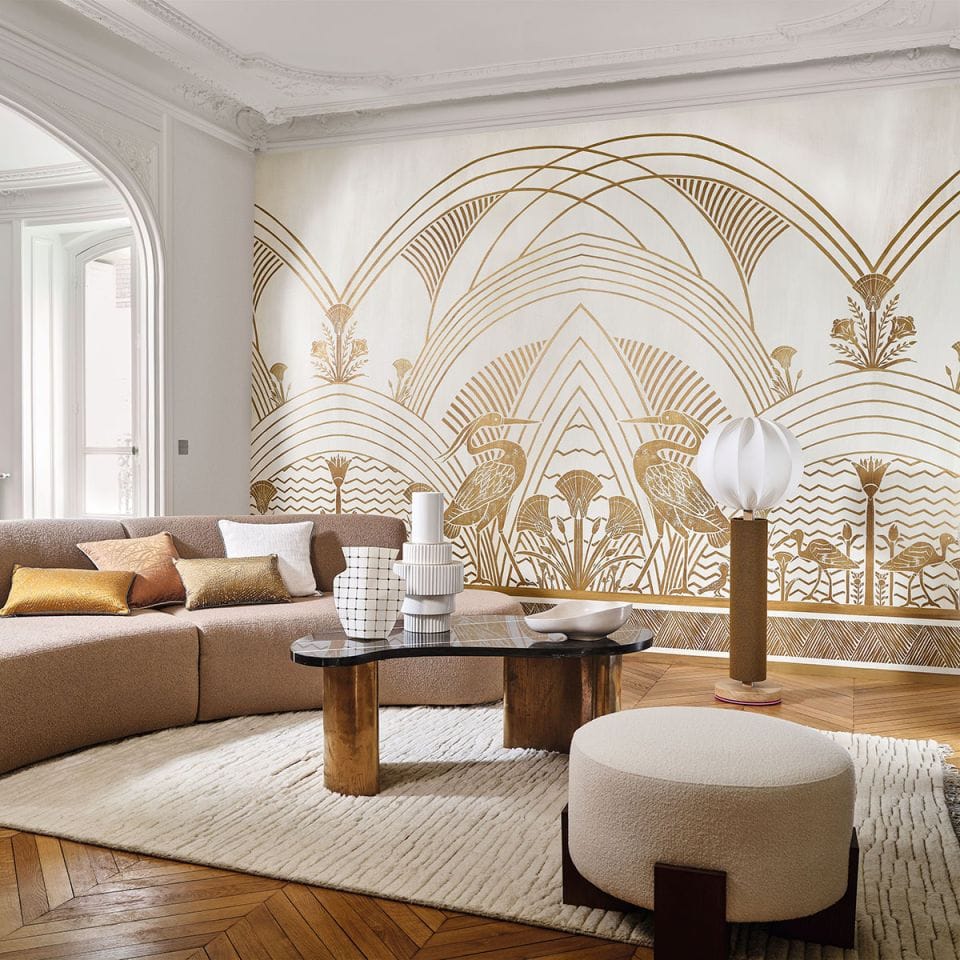
Clean shapes: The essence of modernity
Art Deco is fundamentally about clean lines – a reflection of the era’s fascination with speed, machinery and progress. In mural design, this translates into gentle curves, elongated forms and a general absence of superfluous ornamentation.
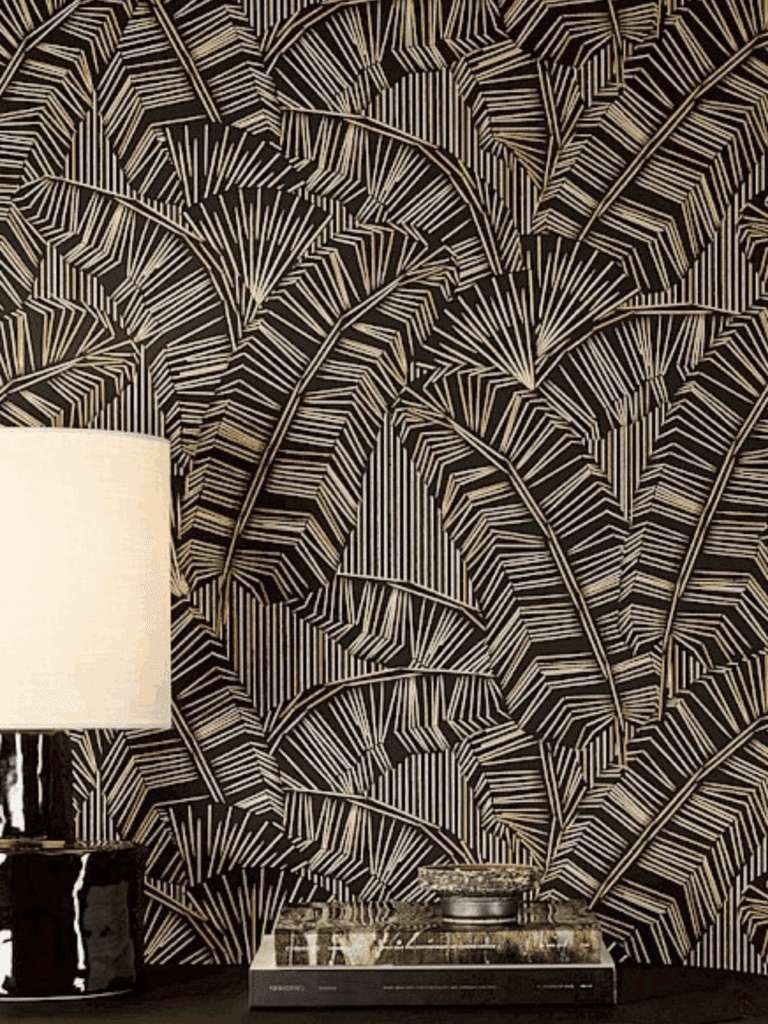
Lines are clean, shapes are simplified, and there’s a sense of effortless grace. This simplification gives Art Deco murals a modern, timeless appeal, ensuring that they remain relevant and elegant in contemporary interiors.
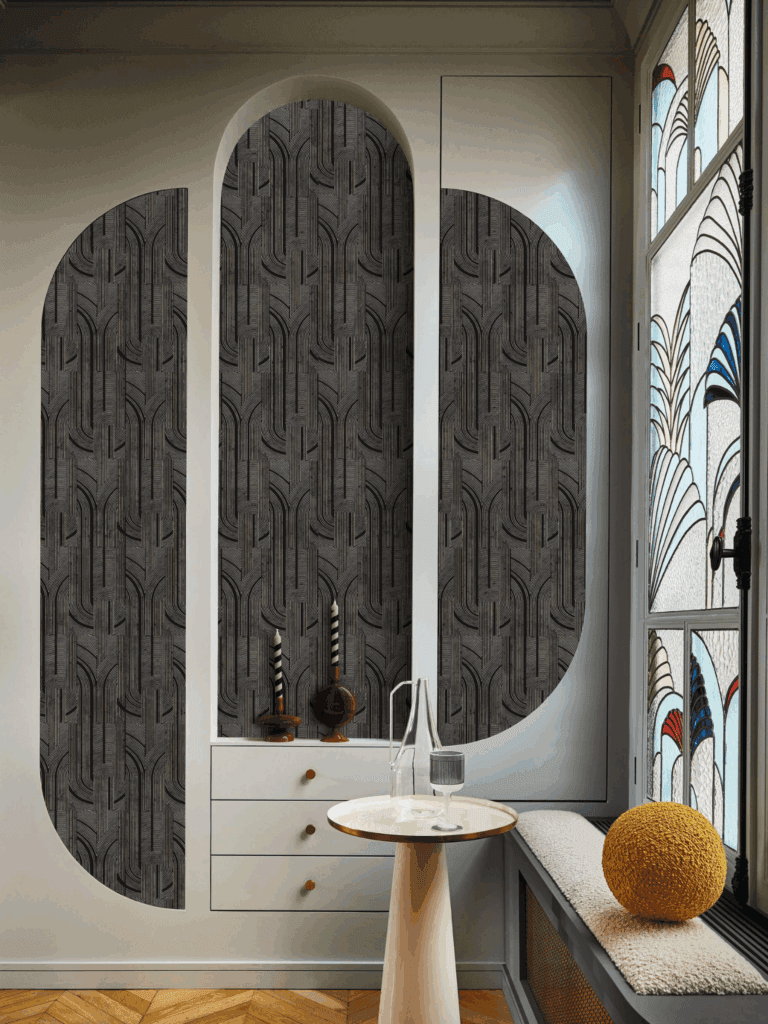
Bold contrast: Dynamic visual impact
Finally, bold contrast is a key element that gives Art Deco murals their distinctive visual impact. This can be achieved by juxtaposing dark and light colors, matte and metallic finishes, or sharp geometric lines against softer, more organic shapes. This deliberate use of contrast creates drama and visual excitement, making the mural a truly distinctive and captivating focal point in any room.
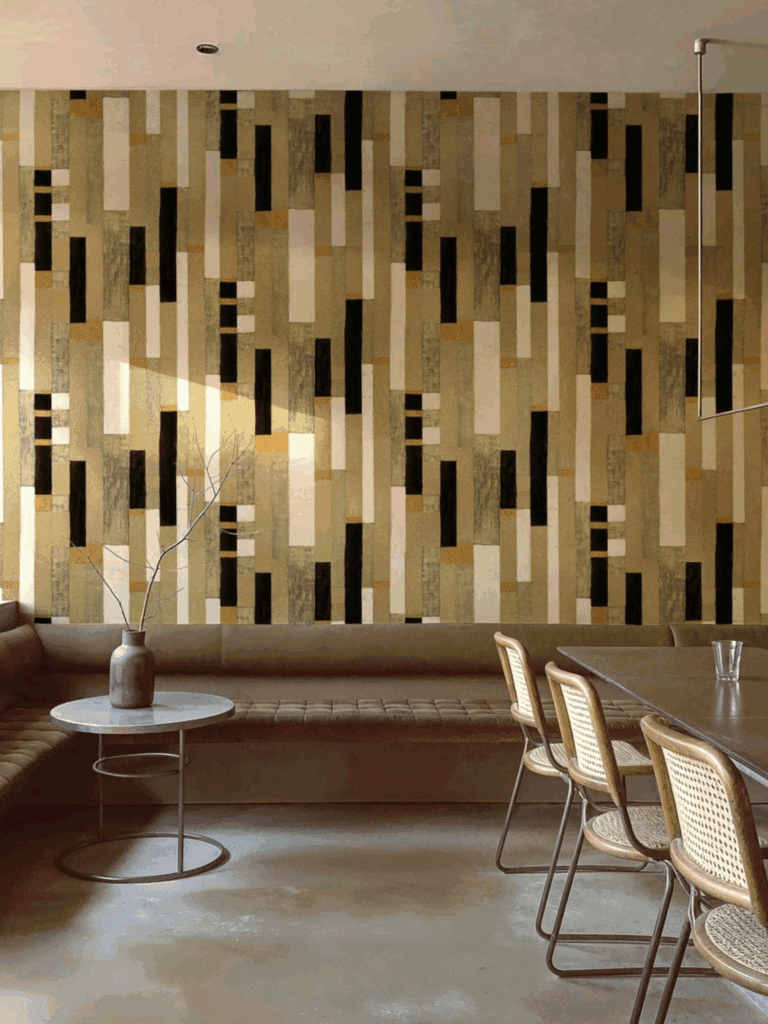
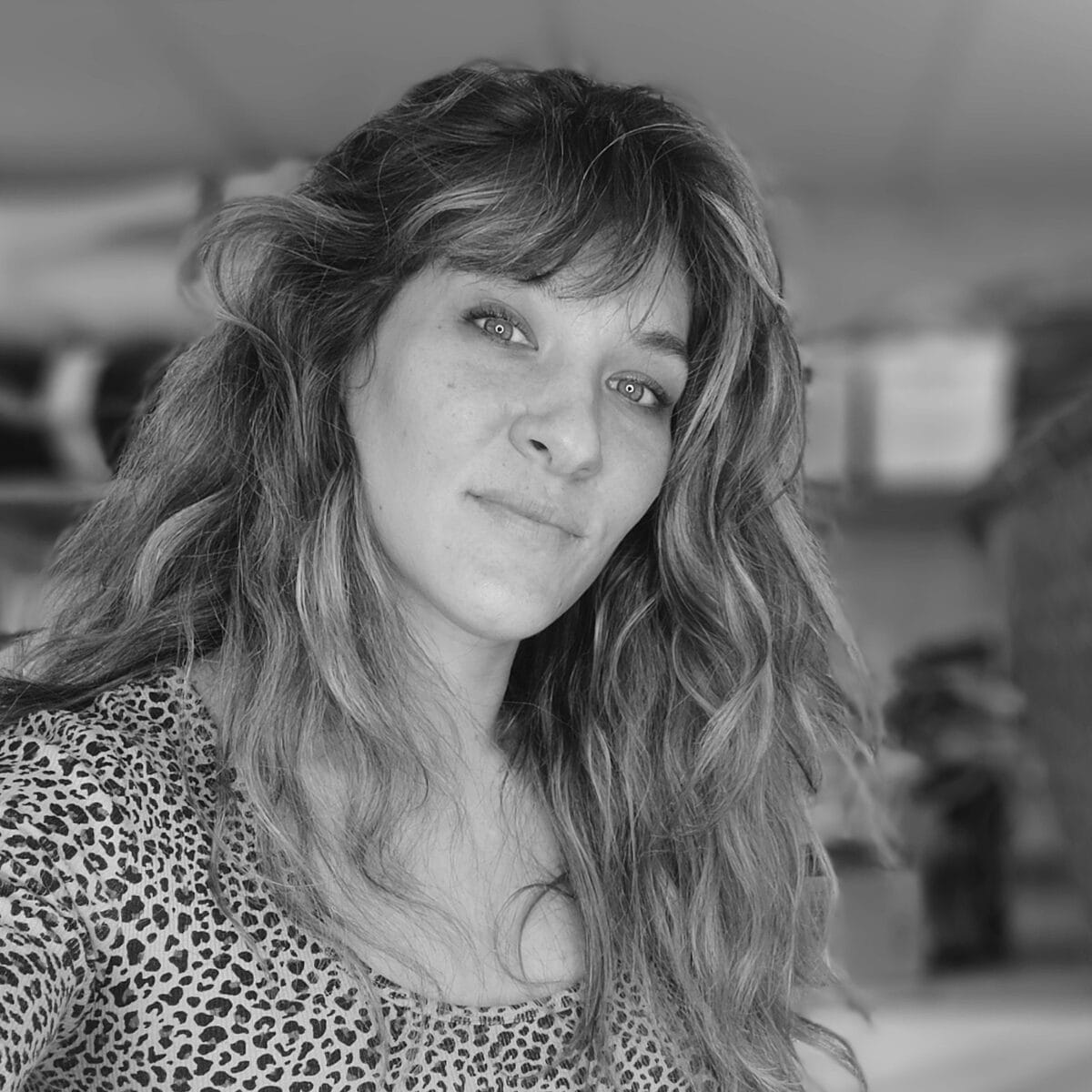
Digital entrepreneur and craft artisan, I use my unconventional background to share my vision of luxury design and interior decoration — one enriched by craftsmanship, history, and contemporary creation. Since 2012, I have been working daily in my workshop on the shores of Lake Annecy, creating bespoke interiors for discerning decorators and private clients.
